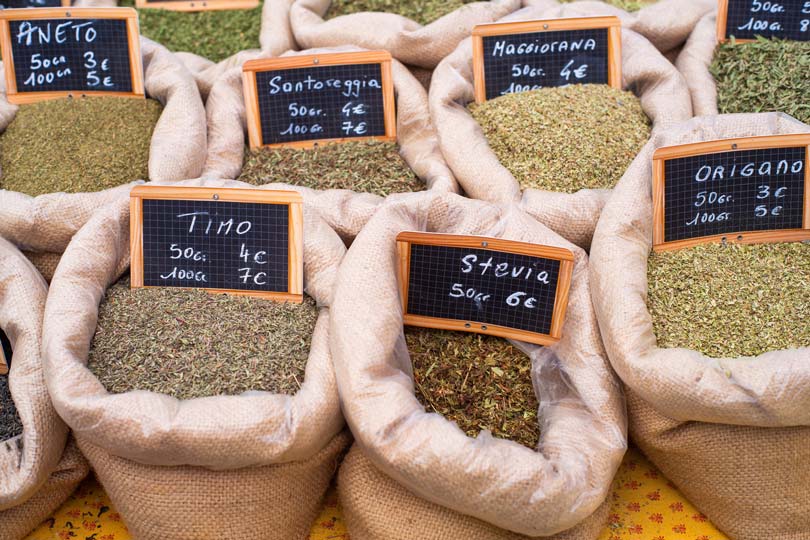History of Stevia

Although there are hundreds of species of stevia, the one that is known for its sweet leaves is Stevia rebaudiana. A native to the slightly acidic soils edging marshes in both South and Central America, stevia has been used by the indigenous Guarani of Paraguay for centuries to sweeten bitter drinks.(1, 2, 5)
It wasn't until just after the turn of the twentieth century that stevia came to the attention of the rest of the world. In 1887, Dr. Moises Santiago Bertoni, an Italian-Swiss botanist, was told stories about this sweet-leafed plant by native people of Paraguay, initially classified the plant. Bertoni originally classified the plant in the daisy family, but in 1905 re-classified it to the chrysanthemum family with the genus Stevia.(1, 2, 8, 12)
The British Consul in Paraguay credited Bertoni with the discovery of stevia. However, others indicate it was found in northern Paraguay in the 1500s by Pedro Jaime Esteve, a Spanish botanist.(1, 2, 8, 12, 13)
Traditional Herbal Medicine
Inhabitants of South and Central America traditionally used stevia to:(1, 2, 13)
- Improve digestion.
- Treat acne and eczema.
- Enhance wound healing.
- Prevent wrinkles.
- Prevent/treat diabetes and hypertension.
Stevia's Sweet Compounds
In 1931, two French chemists are credited with first extracting stevioside from stevia leaves. Stevioside is the most prevalent glycoside compound that makes stevia sweet. Older texts suggest that Dr. Ovidio Rebaudi may have been the first to discover the sweet compounds in stevia; hence the scientific name of the plant.(2, 12, 14)
Hothouses and Sugar Blockades - The Story of Cultivating Stevia Commercially
Sugar shortages by German blockades of Great Britain during World War I created renewed interest in possible cultivation of stevia, but commercial production failed to take hold at that time. By the mid-1950s, Japan successfully began using hothouses to cultivate stevia. Since the 1970s, the Japanese have been using stevia as a sweetener in a variety of products from beverages to dried seafood.(2, 5)


